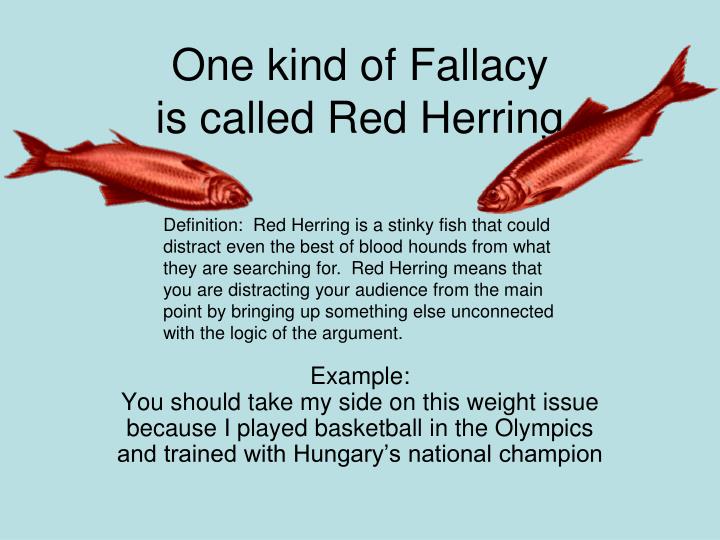

How does a straw man argument work?Ī straw man argument is constructed by presenting an opposing position as a warped, extreme version of itself.

Generally, scholars agree that the term originated with the idea of setting up a simplistic imagined opponent that’s easy to knock down, like a scarecrow or a military training dummy. Later recognition of the straw man fallacy as a distinct logical fallacy dates to the twentieth century. He described this criticism as “they assert the very things they assail, or they set up a man of straw whom they may attack.” In his 1520 book On the Babylonian Captivity of the Church, he claimed that one of the church’s criticisms of him was that he argued against serving the Eucharist according to one serving practice despite his never actually making that argument. One of the earliest references to the straw man argument dates to Martin Luther. Other common logical fallacies include the following: By doing this, the straw man fallacy is a fallacy of relevance, because with it the arguer doesn’t engage with the relevant components of their opposer’s position. The straw man fallacy avoids the opponent’s actual argument and instead argues against an inaccurate caricature of it. The straw man fallacy is an informal fallacy, which means that the flaw lies with the arguer’s method of arguing rather than the flaws of the argument itself. In creating a straw man argument, the arguer strips the opposing point of view of any nuance and often misrepresents it in a negative light. Grammarly helps you communicate confidently Write with Grammarly What is a straw man argument?Ī straw man argument, sometimes called a straw person argument or spelled strawman argument, is the logical fallacy of distorting an opposing position into an extreme version of itself and then arguing against that extreme version.


 0 kommentar(er)
0 kommentar(er)
